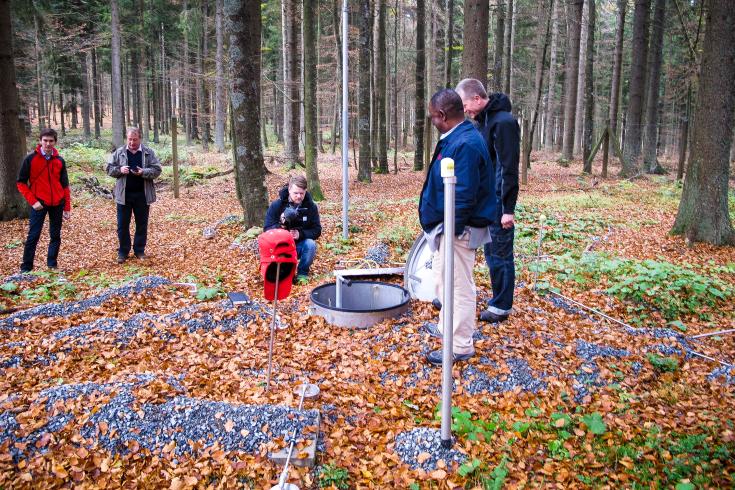Visit to CTBTO monitoring stations in Bavaria
The site has both a primary seismic station (PS19) and an infrasound station (IS26) which are part of the International Monitoring System (IMS) - the global network of 337 monitoring facilities operated by the CTBTO to monitor the planet for signs of nuclear explosions.
The visit offered a rare opportunity to explore two operational monitoring stations that are normally off limits. Seismic station PS19 is one of the CTBTO’s most sensitive stations and detected all three North Korean nuclear tests in 2006, 2009 and 2013.
Infrasound station IS26 was the organization’s first infrasound station to be certified (in April 2001) and was one of the 20 CTBTO stations that recorded the Chelyabinsk Meteor Blast in February 2013.
Participants were given a tour of both facilities and had the opportunity to learn all about the stations and their importance for the functioning of the IMS. Representatives of the BGR, which functions as the German National Data Centre, provided explanations of the highly complex scientific aspects of their work. In welcoming participants, BGR's Bernhard Stribrny highlighted the important role played by his institution in providing scientific information to decision-makers, media and the public at large, to enable an informed public debate and decision-making process on a wide range of issues, including environmental protection, climate change, development, and of course, as in the case of Comprehensive Nuclear-Test-Ban Treaty, international peace and security. The visit was supported and co-organized by the BGR, the German Federal Foreign Office and the CTBTO.

At an infrasound array element of station IS26.

Both stations' sensors are spread out over an area of several square kilometres.

Inspecting one of the seismic station's underground vaults.

Microbarometres such as this one are used in the infrasound station to measure minute pressure changes.
17 Oct 2014
